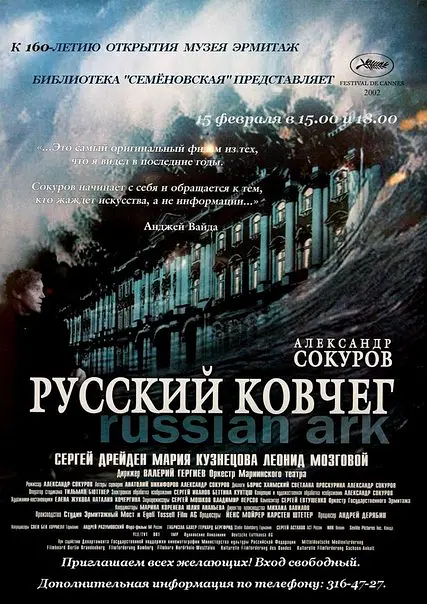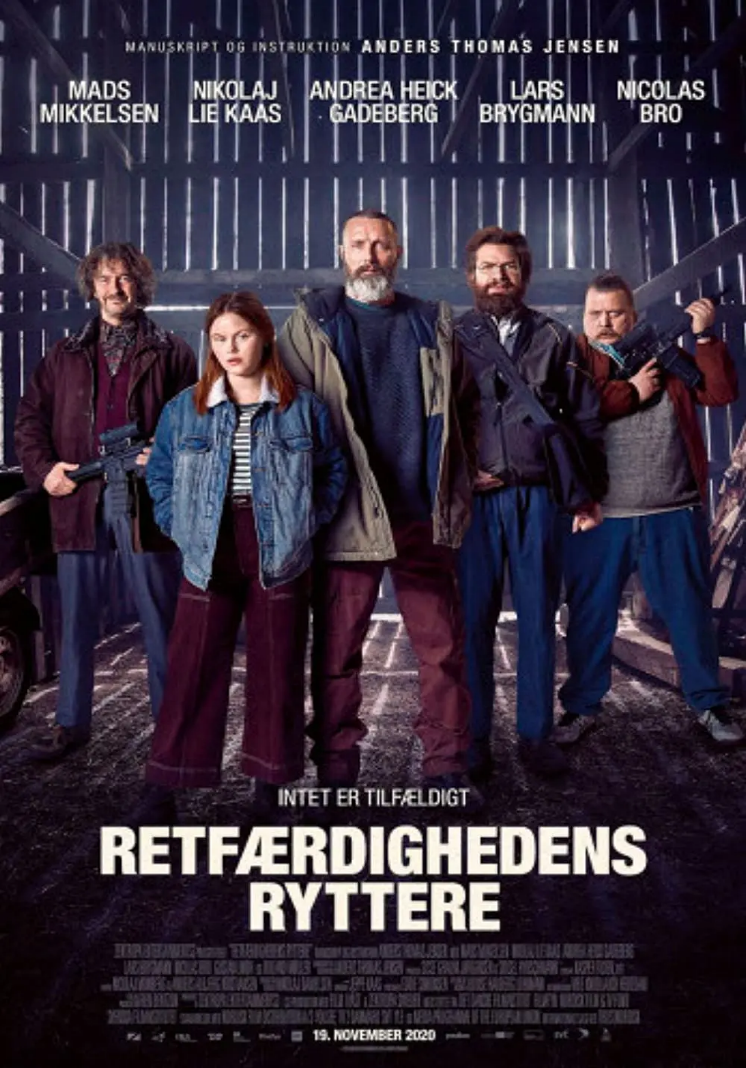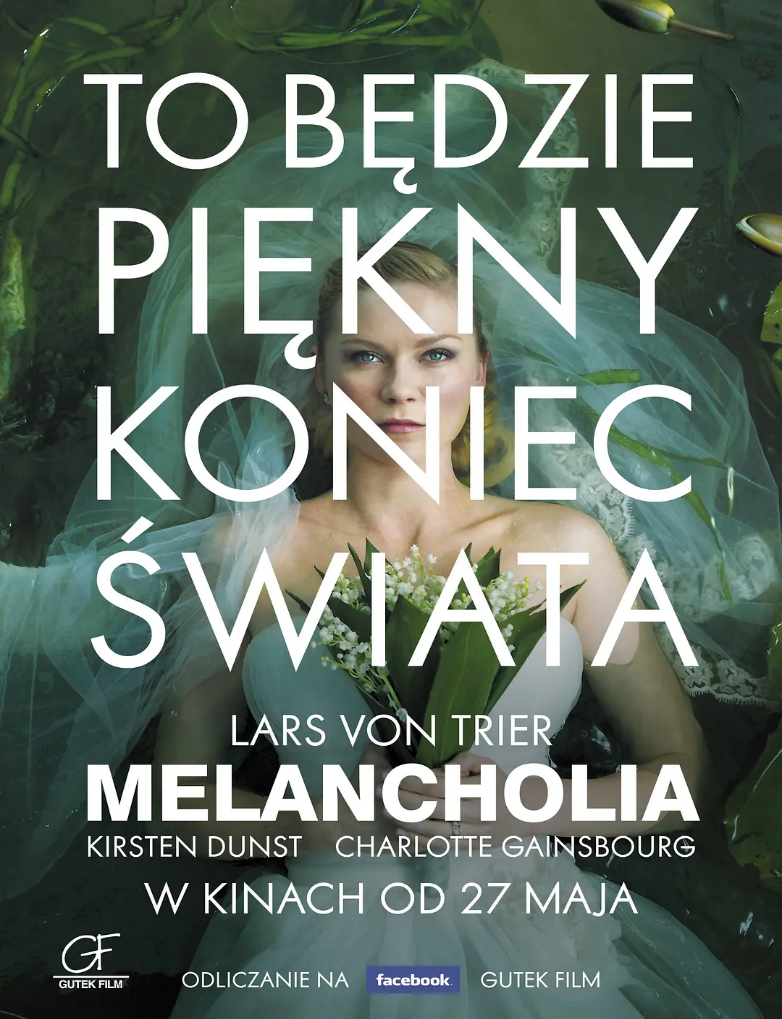Русский ковчег The Russian ark that never sinks

Alexander Sokonov’s 2002 film “Russian Ark” can be described as a very extreme experimental film, with only one shot in the entire 90 minutes.The film begins on a black screen, with the voice of a male narrator (the director, whom we only hear throughout the film) informing us that he has been in an accident and nothing else, and when he regains consciousness, a group of soldier ladies appear on the screen, in 18th century St. Petersburg, about to attend a ball. The narrator doesn’t know why he is in 18th century Russia, and just as he is in a daze, he meets Marquis, another Frenchman who has somehow come here, a diplomat who originally lived in 19th century France. So the two “lost men” travel together, they see Peter the Great reprimanding his men, Queen Catherine in a hurry to go to the toilet, and then they inadvertently walk into St. Petersburg’s famous Winter Palace, where they traverse 35 rooms, visit hundreds of famous Western paintings and sculptures, experience the ceremony of the Iranian envoy’s visit to the Tsar, and coincidentally meet Nicolas G. Kaiser. They were able to see the ceremony of the Iranian ambassador’s visit to the Tsar, meet the “Last Supper” of the Nicholas Caesar family, and end their “journey” at the last great waltz of the last royal family in the 1913s. The French diplomat is determined to stay “here”, and the narrator embarks “on a Russian ark” on a never-ending voyage across the endless sea. The journey spans four centuries, from 1800s to 2100s, and is like witnessing the rise and fall of the first socialist state on earth.
Russia – Europe Russia straddles the two continents of Asia and Europe, where the cultures of East and West converge. Russia has always longed for a European identity, but for Europe at the time, Russia was just their little brother, and they did not recognize Russia as a member of Europe. In the first half of the film, the French diplomat Marquis, as a representative of Europe, constantly praises European music and painting in front of the narrator, claiming that the beautiful Russian music was made by German composers because “the composers were German”, and that the outstanding Russian paintings and sculptures were imported or copied from Italy. He claimed to have imported or copied from Italy, because “Russians are all copiers”. However, no matter how hard he tried to defend his belief in the superiority of Europe over Russia, in the great Hermitage, in the famous Hermitage Museum, he was struck by the hundreds of art treasures collected by Peter the Great, Catherine the Great, etc., and even by the architecture of the Hermitage itself. He was impressed by the hundreds of art treasures collected by Peter the Great, Catherine the Great, and others, and even by the architecture of the Hermitage itself, from its doors and passageways to its pillars, from its imposing halls to its magnificent exhibition rooms. At the final grand court dance Marquis succumbs, telling the narrator that I will stay, stay here. Here, the narrator uses the metaphor of Marquis to convey the director’s belief that “Russia belongs to Europe”.
Artwork – Art – Memory – History
Throughout the film, Marquis and the narrator repeatedly express their impressive admiration and shock at the magnificent architecture of the Hermitage Museum itself, as well as the many paintings and thousands of sculptures in its collection. The Hermitage, located in the heart of the city, is known as the calling card of St. Petersburg and is filled with all the bedrooms, luxurious rooms and banquet halls of the Tsarist dynasty. At the same time, successive tsarist rulers, according to their personal preferences, would collect a large number of art works in it. Its collection reached its peak during the time of the historically famous and flamboyant Empress Ekaterina II, who collected a large number of Western paintings as well as ancient Eastern, Egyptian and Roman artworks in order to turn it into an elegant rendezvous full of art.
Sparks used to say that before memory became a science and was reduced to a computer function, it was an art, so that memory was always integrated with literature, painting, sculpture and, above all, architecture. I would say that perhaps a more accurate way of expressing this is that art is a kind of memory. Memory represents the past, the past represents history, and therefore artwork can also represent a kind of history. In the praise of the Hermitage Museum’s architecture and the artwork inside it, we sense the narrator’s (as a modern Russian) remembrance of the Hermitage Museum’s history – its most prosperous period – and, it seems, of Russia’s glorious past that is no longer there.
Here, in a play on words, I say that “art” is a memory, but not that “art” is a memory, because I think that art includes not only the material “art” but also a kind of memory. “If the former is a memory, it will become history, but the latter I think not. Therefore, art can be passed on and can live forever. Therefore, in this sense, the narrator (the director) not only remembers the glorious history of Russia, but also calls for an “artistic spirit” that can be passed on through time, which in the era of the Tsar’s rule meant the unique resilience and perseverance of the Russian people, because the Hermitage is located in The city of St. Petersburg was built by Peter the Great, who led the Russian people through the endless swamps and dark forests, and after the establishment of St. Petersburg, the Hermitage and the Hermitage Museum were built one after another. Thus, in modern Russia, the spirit of art has the same meaning. That is why St. Petersburg is considered to be the “never-ending Russian ark,” and I think that the spirit of building St. Petersburg will always help the Russian people to get out of trouble.
Emotional point – one shot to the end.
The film is 90 minutes long, and I think those who have seen it will be impressed by a scene in which the camera “walks” out of the Hermitage Museum around the 46-minute mark to show Katharine II slowly emerging from the stage of history. For the first 45 minutes, the camera wanders through the Hermitage as the narrator’s point of view, and at around 46 minutes, Marquis and the narrator encounter Catherine II in the museum, looking frail, and as Catherine II, assisted by her servant, exits the museum onto a long, snow-covered walkway outside and stumbles along the long snowy path. When running, the narrator (i.e., the camera) followed slowly pushing forward, at this point in the picture from the inside to the outside, from closed to open, with the snow covered the whole long road, giving people a feeling of complete openness, as a long time in the heart of a pent-up grievance was released. Even after less than 2 minutes, the camera shifted to the interior again, where 46 kinds of shift to the outdoors is not a coincidence.
Usually a great movie has three plot points and one emotional point, the latter often occurs halfway through the film. Usually speaking, the emotional point divides the whole story into two halves, and is the turning point of the main character’s emotions. Here, Marquis changes emotionally around the time of this scene. In the first half, he is a complete pro-European, i.e., he does his best to express his disdain for Russian music, painting, etc., but the shock of the Hermitage Museum is too much to subvert his original beliefs, and from this scene on, we find Marquis turning to actively We will find Marquis turned to join the great waltz party and eventually decided to stay here.
As mentioned earlier, there is only one shot in the whole movie, using the “one shot to the end” technique, but it doesn’t feel monotonous at all, because the camera pushes and shifts beautifully, sometimes swooping and gliding, sometimes panning and pulling in, showing the versatility of the camera in the same shot. The long shot gives us the pleasure of “discovery”, in which we discover the secrets of the Hermitage and the Hermitage Museum together with Marquis and the narrator – Peter the Great reprimanding his men, Catherine the Great rushing to the bathroom, the secret of the Nicholas Kesey family, We witness the luxurious life of the Tsars, admire hundreds of world-famous paintings and sculptures, witness the decline of Russia, encounter angels and death, and finally ride with the narrator on the Ark, drifting and wandering on the endless sea.
The sea rolls forward, history rolls forward, the utopia of the past is dead, but our hearts do not die, because we believe that the “spirit of art” does not die.
In the artistic “hunt” of “One Shot to the End”, Alexander Sokonov shows us the charm of art – the charm of “artistic spirit”. The charm of “artistic spirit”.
I love Russia, and may the Russian ark never sink.




